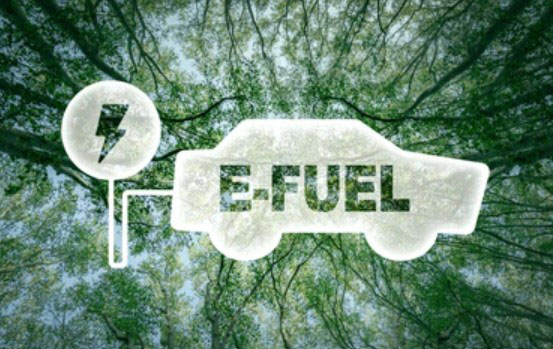January 25, 2022
“Life Cycle Analysis Comparison – Electric and Internal Combustion Engine Vehicles” evaluated the life cycle environmental impact of three vehicle types: Battery Electric Vehicles (BEV), Internal Combustion Electric Vehicles (ICEV), and Hybrid Electric Vehicles (HEV). The report compared the energy sources that power them, the effect of external variables on life cycle carbon emissions and the corresponding total cost of ownership that affects consumers.
“The Transportation Energy Institute was not seeking to publish a definitive answer to the debate concerning which vehicles are cleaner, but rather we wanted to provide an objective evaluation to help guide discussions focused on how we might improve emissions throughout the transportation market,” explained Transportation Energy Institute Executive Director John Eichberger.
Over a 200,000-mile life cycle, key findings include:
- Based upon the U.S. average electricity sector, BEVs emit 41% fewer tons of greenhouse gases than comparable ICEVs. HEVs emit 29% fewer tons of greenhouse gases than ICEVs and 21% more than BEVs.
- How electricity is generated matters – in low carbon electricity markets, BEVs emit 71% fewer tons of greenhouse gases than ICEVs; in extremely high carbon electricity markets, BEVs emit 16% more than ICEVs and 59% more than HEVs.
- 72% of greenhouse gases emitted by BEVs are associated with electricity generation.
- Over a 10-year period, on average, BEVs and HEVs represent an 8% lower total cost to own compared with an ICEV, driven primarily by lower fuel expenditures.





